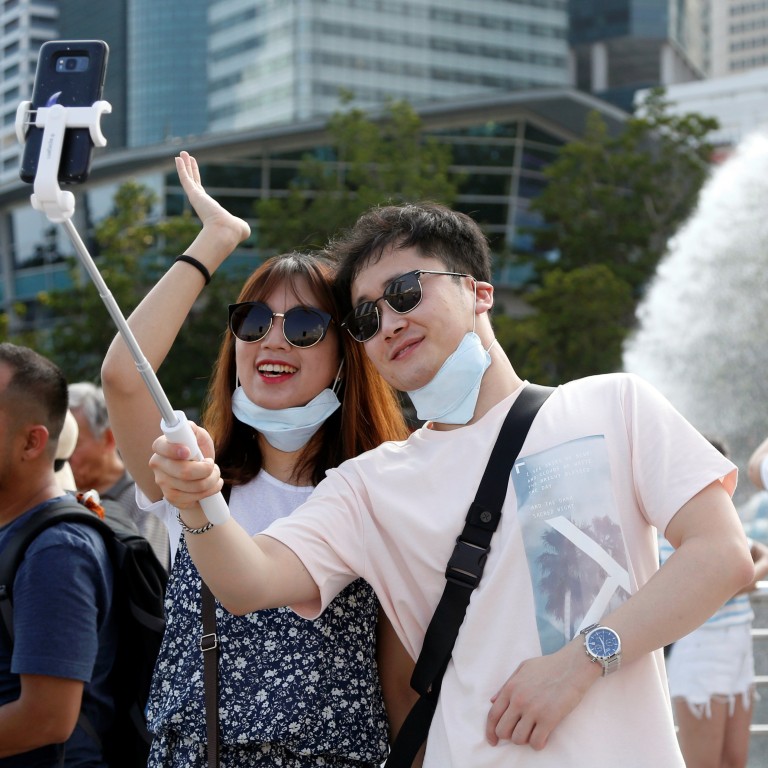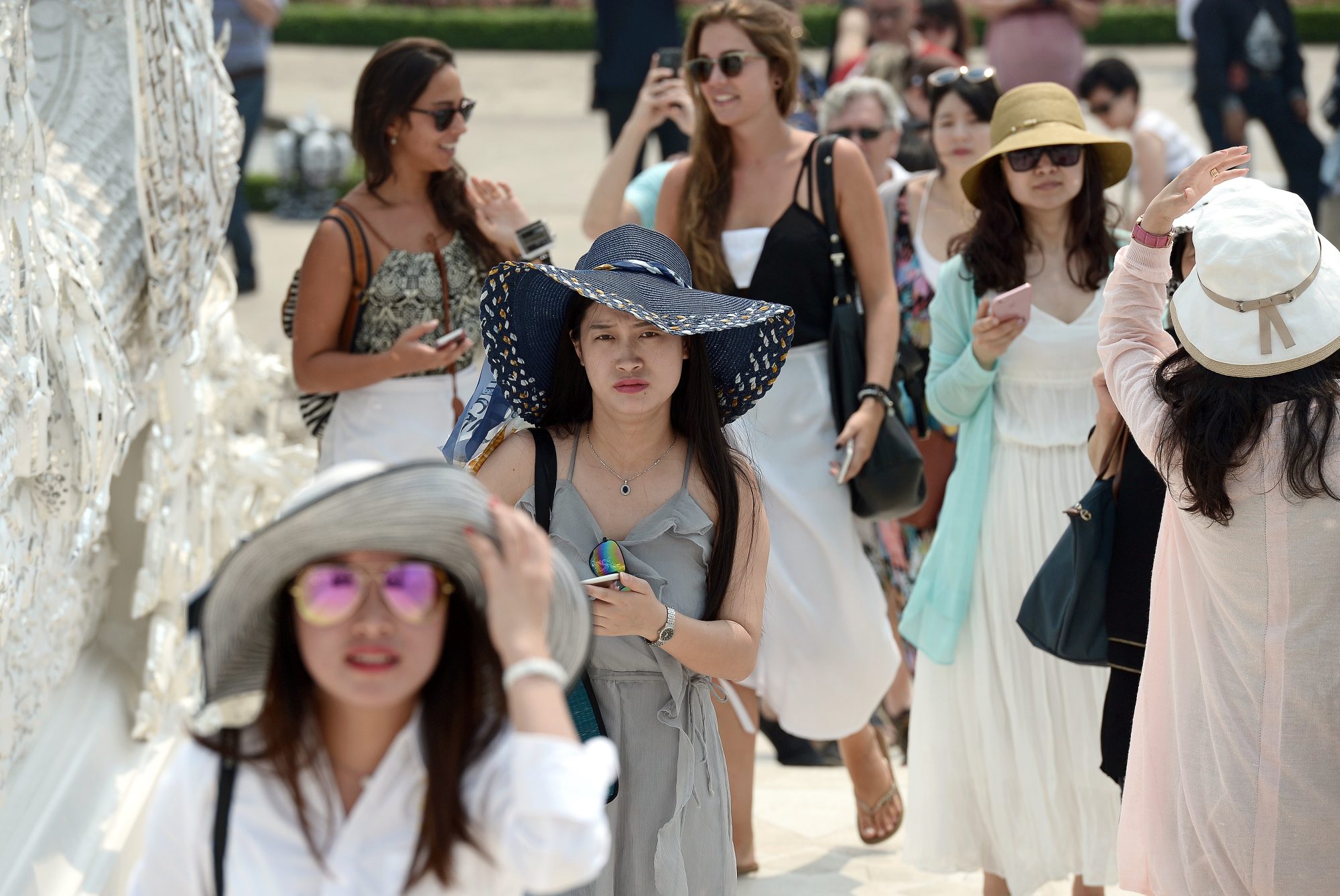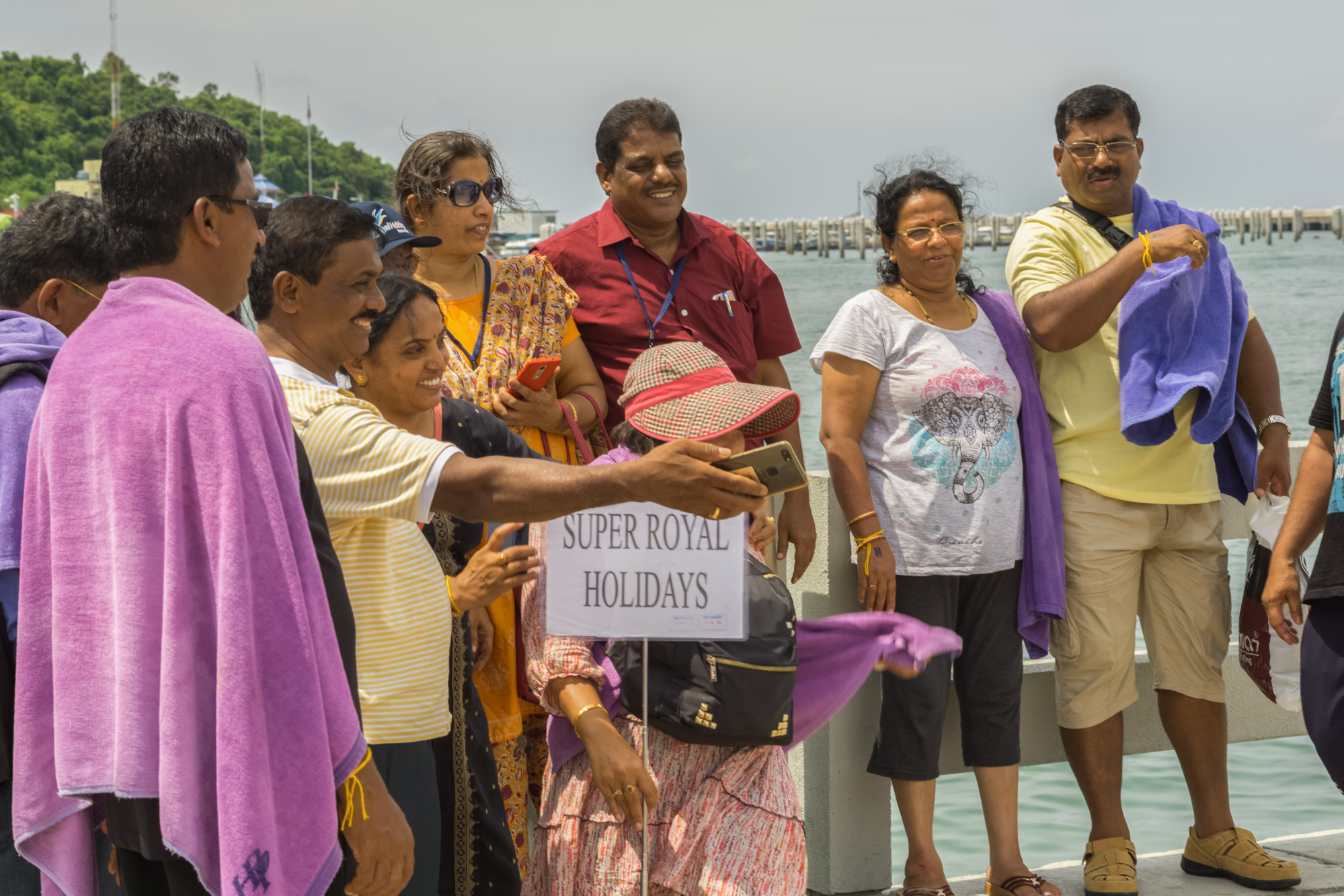
No, Indian tourists can’t replace Southeast Asia’s absent Chinese visitors – just look at Singapore
- China was the largest source market for tourists to the region pre-pandemic, but Beijing’s zero-Covid policy has slowed the tourist tide to a trickle
- Many Southeast Asian nations had hoped a post-pandemic surge of travellers from India would fill the gap – though tourism experts remain doubtful
The city state has long recorded high numbers of visitors from India – 1.4 million came in 2019, according to the tourism board – making their return, in Foo’s words, “nothing extraordinary”.

To fill the gap, many Southeast Asian nations have pinned their hopes on a post-pandemic surge of travellers from India, but if Singapore can act as a barometer of the region’s thinking on the issue then this hoped-for tourist tide may never materialise.
Academics and tourism consultants who spoke to This Week In Asia agreed that while India is an increasingly important source market for inbound tourists to Southeast Asia, it cannot make up for the absence of visitors from China – at least in the short term.
This is despite the ramping up of efforts to draw Indian tourists to the region through campaigns, roadshows and promotions – like the “Enjoy Your Family Times Now in Singapore” campaign that offered families travelling from India between April and June discounts on plane tickets and popular attractions, drawing some 50,000 bookings at partner resorts such as Resorts World Sentosa and Gardens by the Bay.
“We aim to engage traditional segments like families with young children, meetings and incentive groups, and cruise holidaymakers,” said Singapore Tourism Board’s regional director for India, Middle East, South Asia and Africa, GB Srithar, adding that India was set to “contribute strongly” to the between 4 to 6 million foreign tourists the city state is aiming to attract this year.
“A key challenge is the spending capacity of these visitors,” said Benjamin Cassim, senior lecturer at Temasek Polytechnic’s hospitality and tourism department. “As a tourist destination Singapore remains situated at the higher end, costs-wise, and this will impact the country’s ability to draw in more visitors from India.”
Kevin Cheong, managing partner at tourism and destination development consultancy Syntegrate LLP, said that Chinese travellers tended to have deeper pockets than their Indian counterparts and were more willing to spend a lot on holiday.
“As much as you can come up with promotions and campaigns, travellers are also subject to flight availability and capacity,” he said. “And we also need to look at the propensity to travel and spend, so while you may want to target Indian travellers, some of the lower echelons may not find Singapore attractive because of affordability.”
Another issue is connectivity, said Cheong, who is also the former chairman of the Association of Singapore Attractions.
“For example, in India, if I’m 100km away from the airport, it takes me a day to get there, whereas for China, with the high speed rail, I can get there in 45 minutes or an hour,” he said. “So the internal connectivity and accessibility to international airports is far greater in China.”
Both Cheong and Cassim also agreed that Indian travellers had a plethora of other options to choose from, such as Dubai, when it comes to places that are reachable in the five hours or so it takes to fly to Southeast Asia. And then there’s the added competition from more long-haul destinations in Europe such as Switzerland, France and Italy.

Tourism hopes meet economic realities
While promotional efforts such as Singapore’s “Family Times Now” campaign can help draw prospective Indian tourists’ attention towards the region, Christopher Khoo, managing director of international tourism consultancy MasterConsult Services, pointed out that advertising alone cannot overcome the hard economic realities of a post-pandemic world.
“On the demand side, two years of economic hardship has placed a damper on many people’s disposable income,” he said.
“The current outlook for high inflation, a recession and the uncertainty of the Russia-Ukraine situation is giving many people pause before they book their next major holiday. For that reason I am pessimistic of reaching pre-pandemic levels of tourism before the end of the decade for major markets.”
Despite this, Khoo expects Singapore to ramp up its efforts to attract Chinese tourists when – and if – China finally reopens its borders, much as the city state has done with India.
“The Singapore Tourism Board was quick to organise its efforts to reach out to the Indian public [after India reopened its borders], similar to its efforts in other major outbound countries,” he said. “As soon as China lifts its restrictions on travelling, I am sure Singapore will very quickly step up its efforts in the China market also.”
Tourism consultant Cheong agreed that – for Singapore in particular – promoting it as more than just a stopover destination was a step in the right direction.
“This should be the strategy that must prevail, not just for the sake of recovery, but the long-term strategy,” he said. “To do so, we must continue to sell Singapore’s experiential value.”

